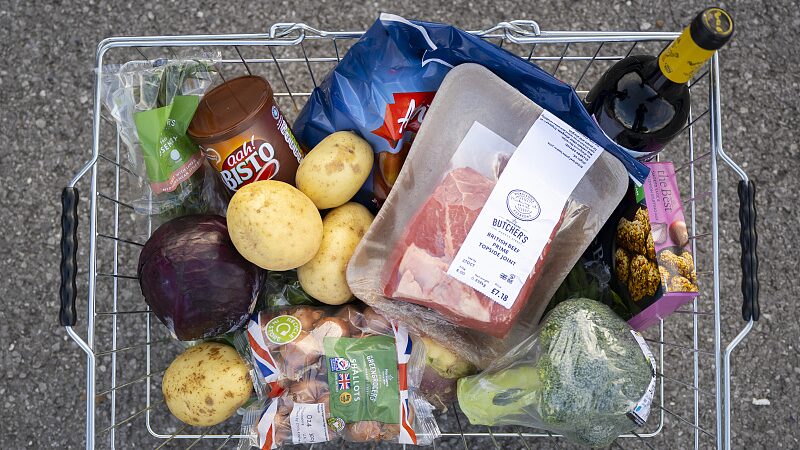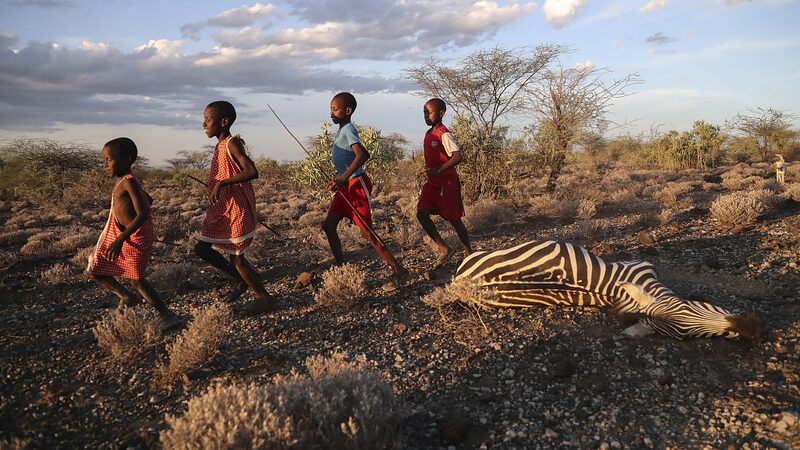As the global population edges toward an estimated ten billion by the next century, the pressing question remains: how will we ensure food security for all? The current food system falls short, leaving millions undernourished and contributing to environmental degradation. It’s clear that radical reform is necessary.
In 2022, approximately 735 million people worldwide faced hunger, with 828 million undernourished and nearly 148 million children under five affected by stunting. Limited access to fresh, nutritious food has also led to rising obesity levels in many communities, as people resort to unhealthy alternatives. This not only increases the risk of chronic illnesses like type 2 diabetes and heart disease but also exacerbates mental health issues such as anxiety and depression.
Malnutrition in all its forms heightens vulnerability to infections, creating a harmful cycle of adverse health outcomes. The intertwined nature of food and health underscores the need for a holistic approach to address these challenges.
The environmental impact of our food system is equally alarming. Agriculture accounts for about one-quarter of global greenhouse gas emissions, making it a significant driver of climate change. Nearly half of the world’s habitable land is used for farming, often at the expense of crucial ecosystems like the Amazon rainforest. This leads to deforestation and loss of biodiversity, disrupting planetary health.
The widespread use of pesticides poses additional risks. Even at low exposure levels, pesticides can cause adverse health effects for agricultural workers and local communities, as well as harm ecosystems. For instance, contamination of the Pasión River in Guatemala with pesticides used on palm-oil plantations resulted in the death of thousands of fish, depriving around 12,000 people of their primary food source and livelihood.
These issues disproportionately affect the poor and marginalized, especially in the Global South. Malnutrition is more prevalent in low-income settings, and indigenous populations in high-income countries face higher risks of obesity and related health problems compared to non-indigenous groups.
The dominance of a few agrochemical companies controlling 60 percent of the global proprietary seed market exacerbates the problem. Farmers in low-income countries often depend on seeds that do not meet the nutritional needs or preferences of their local communities, leading to less diverse and less healthy diets.
Efforts to improve the food system have been insufficient, primarily because they fail to address the deep connections between food, health, and the environment. A rights-based approach recognizes these interdependencies and advocates for the indivisibility of the rights to health, food, and a clean environment. Such an approach could drive comprehensive reforms, ensuring that policies advance all three aspects simultaneously.
Reimagining our food system through the lens of human rights offers a path toward a more equitable and sustainable future. By acknowledging and acting upon the interconnectedness of these rights, we can work towards a global food system that nourishes people, protects the planet, and upholds the dignity of all communities.
Reference(s):
cgtn.com








